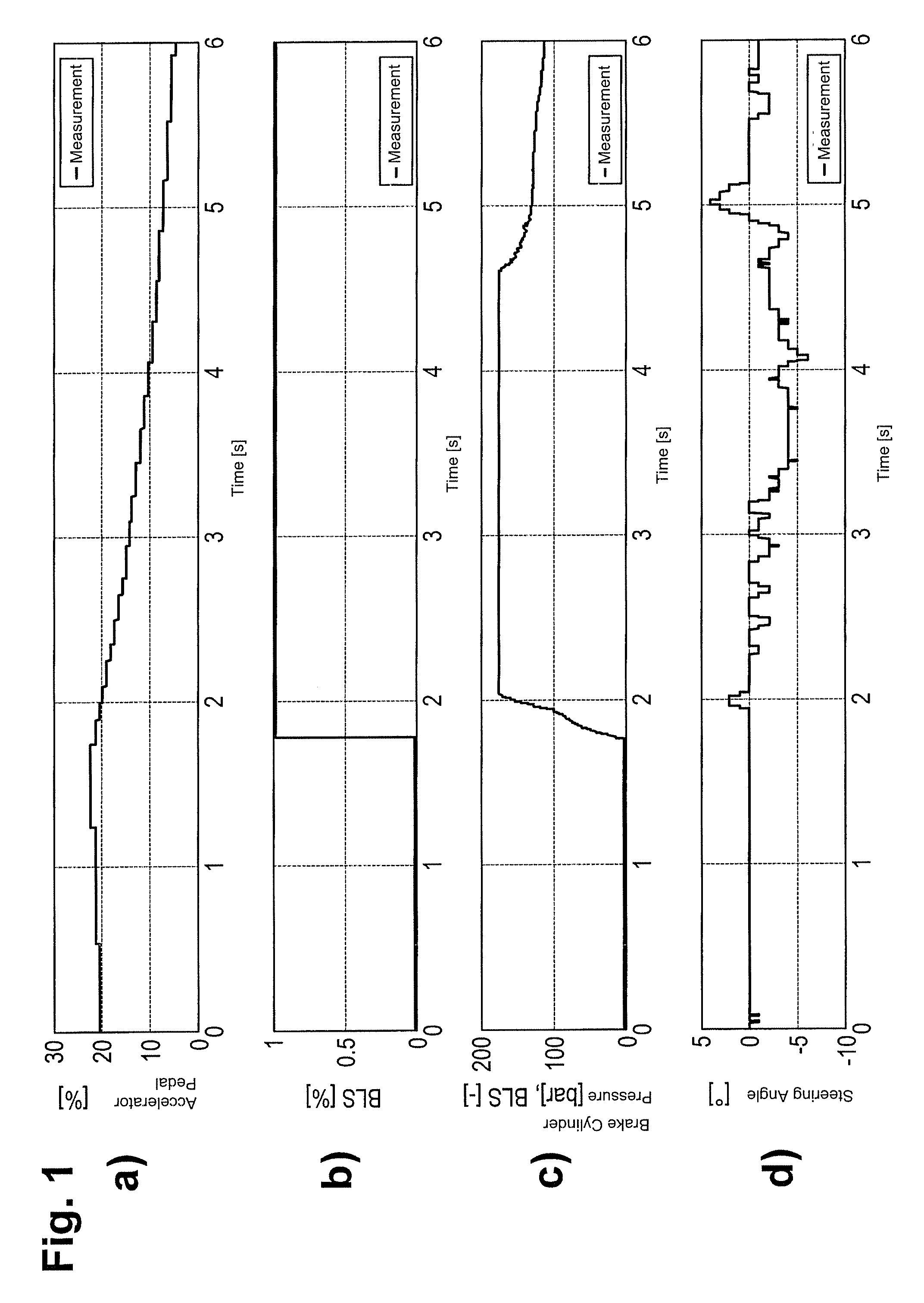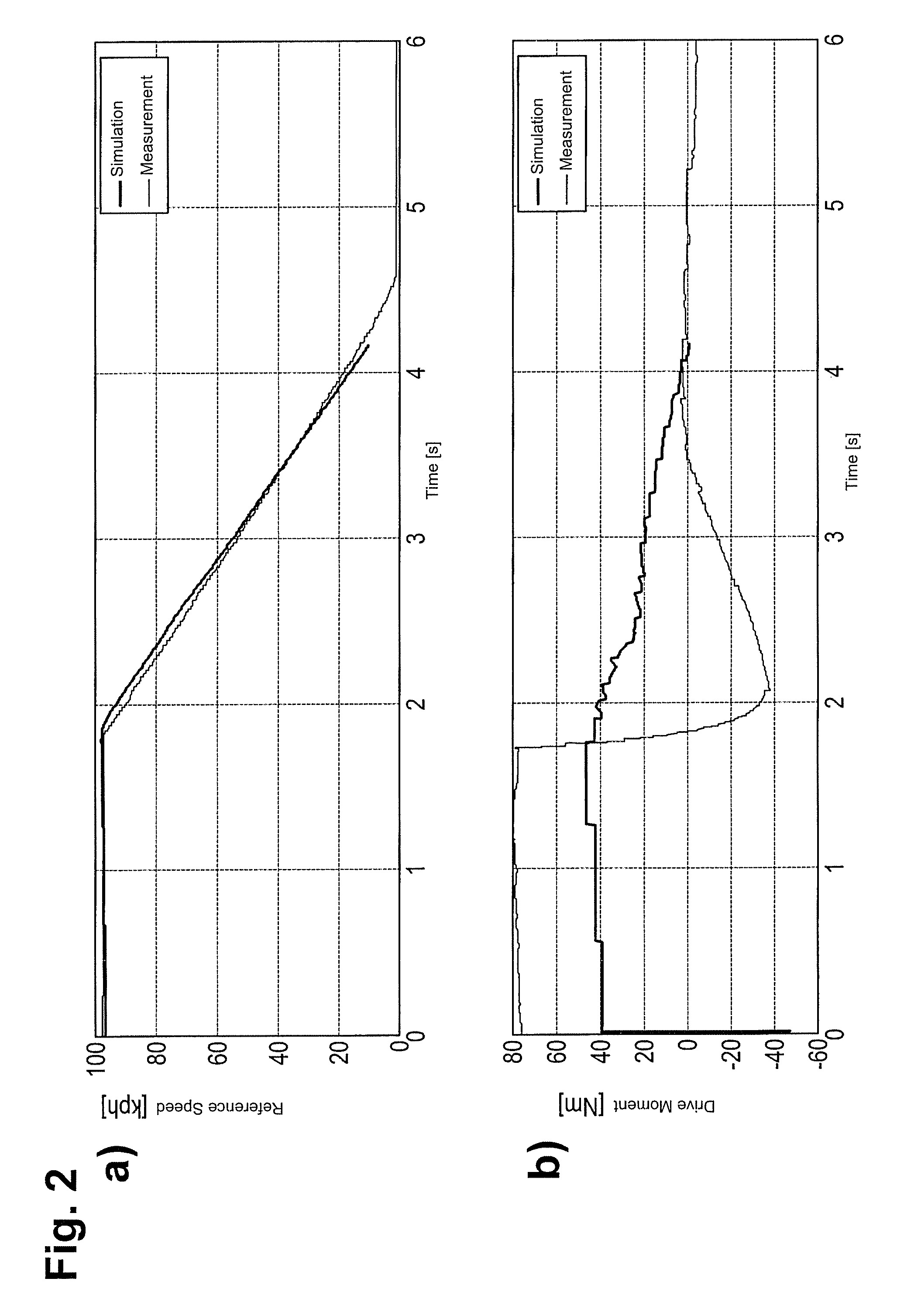Systems and methods for compensation for a dynamic axle load transfer
a dynamic axle and load transfer technology, applied in the field of dynamic axle load transfer system and compensation method, can solve the problems of not being able to control the vehicle as desired by the driver, thereby extremely heavy not following linear operating points, etc., to achieve the effect of reducing the load on the front axle, and reducing the risk of oversteering
- Summary
- Abstract
- Description
- Claims
- Application Information
AI Technical Summary
Benefits of technology
Problems solved by technology
Method used
Image
Examples
Embodiment Construction
[0044]The following detailed description of the invention is merely exemplary in nature and is not intended to limit the invention or the application and uses of the invention. Furthermore, there is no intention to be bound by any theory presented in the preceding background of the invention or the following detailed description of the invention.
[0045]A first exemplary driving situation, which proceeds on the basis of traveling in a straight line at 100 km / h and then a suddenly-implemented full braking action, is illustrated in FIGS. 1 to 5.
[0046]A dynamic transfer of the axle load occurs when applying full braking. It depends upon, among other things, the height of the motor vehicle's center of gravity. The dynamic transfer of the axle load causes an alteration in the wheel contact forces. The ratio between the wheel braking torque and the drive moment is, e.g., approx. 10:1 to 20:1. If, during a full braking action with blocking wheels, one now increases the drive moment for a sho...
PUM
 Login to View More
Login to View More Abstract
Description
Claims
Application Information
 Login to View More
Login to View More - R&D
- Intellectual Property
- Life Sciences
- Materials
- Tech Scout
- Unparalleled Data Quality
- Higher Quality Content
- 60% Fewer Hallucinations
Browse by: Latest US Patents, China's latest patents, Technical Efficacy Thesaurus, Application Domain, Technology Topic, Popular Technical Reports.
© 2025 PatSnap. All rights reserved.Legal|Privacy policy|Modern Slavery Act Transparency Statement|Sitemap|About US| Contact US: help@patsnap.com



